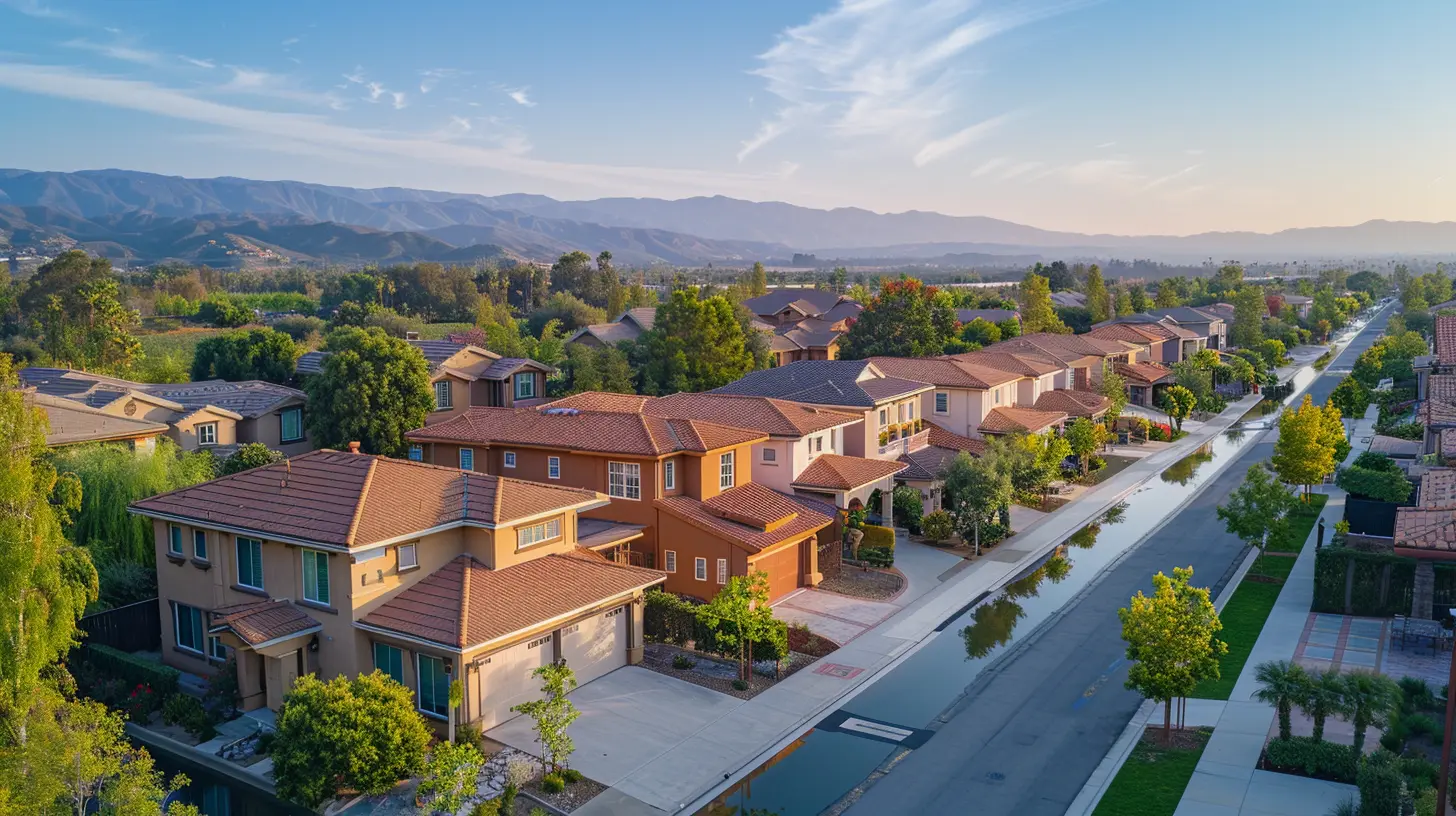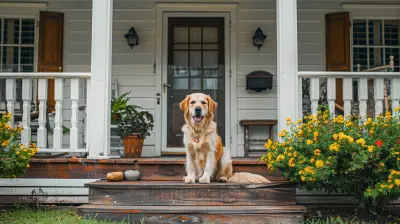How the Aging Population Is Impacting Housing Demand
3 August 2025
The real estate market is always changing, and one of the biggest shifts we're seeing right now is due to the aging population. As baby boomers retire and life expectancy increases, housing demand is evolving in ways that affect buyers, sellers, and investors alike.
But what exactly does this mean for the housing market? How are home designs, locations, and pricing being influenced by the growing number of seniors? Let's break it down.

The Baby Boomer Effect on Housing
The baby boomer generation—those born between 1946 and 1964—is reaching retirement age. This massive generation has shaped every industry they've encountered, and real estate is no exception.With millions of boomers retiring each year, their housing needs are shifting, leading to:
- Increased demand for retirement-friendly homes
- A surge in downsizing as empty nesters sell larger homes
- A growing interest in aging-in-place solutions
- More competition for senior-friendly communities
This shift isn't just a trend—it's reshaping the housing market in significant ways.

Downsizing: The Rise of Smaller Homes
Many retirees are no longer interested in maintaining large homes with multiple bedrooms and a big yard. Instead, they’re opting for smaller, more manageable spaces.Why Are Seniors Downsizing?
- Less Maintenance: Smaller homes require less upkeep, which is ideal for those looking to simplify life.- Lower Costs: With fixed retirement incomes, cutting expenses on property taxes, utilities, and upkeep is a priority.
- Better Locations: Downsizing allows seniors to move to more desirable areas, whether it's closer to family or in warmer climates.
This increase in downsizing has created higher demand for condos, townhouses, and smaller single-family homes, making them hot commodities in many markets.

Aging in Place: Modifications for Senior Living
While many retirees opt to downsize, others prefer to stay put. The concept of aging in place—staying in one’s existing home for as long as possible—is gaining popularity.But aging in place often requires modifications to make homes safer and more accessible, such as:
- Installing grab bars in bathrooms
- Widening doorways for wheelchair access
- Adding stair lifts or ramps
- Upgrading to smart home technology for ease of use
Homeowners and real estate investors are recognizing this trend, leading to an increase in renovations tailored to senior living.

The Boom in 55+ Communities
For those looking for a balance between independence and convenience, 55+ communities are increasingly popular. These developments cater specifically to older adults and often include:- Single-story homes designed with accessibility in mind
- Amenities like fitness centers, social clubs, and healthcare facilities
- Maintenance-free living with HOA services covering landscaping and repairs
This trend has led to a boom in senior-focused real estate developments, particularly in states like Florida, Arizona, and Texas.
Increased Demand for Assisted Living and Senior Housing
As life expectancy increases, so does the need for assisted living facilities, nursing homes, and independent senior housing. Many retirees eventually transition from a personal home to a facility that offers medical assistance and daily care.This is driving:
- Increased investment in senior housing developments
- A growing demand for hybrid living spaces offering both independence and medical support
- A shift in real estate investments towards healthcare-based properties
Real estate investors are tapping into this market, developing properties that cater to long-term senior needs.
The Impact on Home Prices and Inventory
As older homeowners sell their larger homes, more inventory is becoming available. However, with younger generations struggling to afford homeownership, the market hasn't been flooded with buyers.At the same time:
- High demand for smaller, one-story homes is driving up prices in this segment.
- Luxury homes and larger properties are seeing longer time on market as fewer buyers can afford them.
- The rental market is benefiting, as some retirees opt to rent rather than own.
This imbalance is reshaping housing prices in unexpected ways.
How Millennials and Gen Z Are Affected
While the aging population is changing housing demand, it’s also having a ripple effect on younger generations.- With more retirees staying in place, there’s less turnover in the housing market.
- Affordable, smaller homes are getting snatched up quickly, making it tougher for first-time buyers.
- Some younger buyers are considering multigenerational living, moving in with parents or grandparents to save costs.
This generational overlap is creating a complex and competitive housing environment.
What This Means for Real Estate Investors
For investors, the aging population presents both challenges and opportunities.Opportunities:
- Investing in senior housing developments- Renovating homes with aging-in-place features
- Buying smaller homes in high-demand areas for resale
Challenges:
- Shifting demand from traditional single-family homes- Increased competition for retirement-friendly properties
- Potential long-term vacancies in luxury housing
Adapting to these changes is key for anyone looking to stay ahead in the real estate market.
The Future of Housing Demand
The aging population is reshaping real estate in ways that can’t be ignored. As more baby boomers retire, we’ll continue to see shifts in:- Housing design: More single-story, accessible homes.
- Community planning: More retirement-focused neighborhoods.
- Investment trends: Increased focus on senior housing and assisted living.
For buyers, sellers, and investors alike, understanding these trends is crucial. Whether you’re downsizing, looking to invest, or entering the housing market for the first time, the influence of the aging population is something to consider.
all images in this post were generated using AI tools
Category:
Housing MarketAuthor:

Kingston Estes
Discussion
rate this article
1 comments
Damon Lawrence
This article raises fascinating points about the aging population's influence on housing demand. It’s intriguing to consider how evolving lifestyle preferences and accessibility needs will shape the real estate market, potentially creating new opportunities for innovative housing solutions. Exciting times ahead!
August 11, 2025 at 10:27 AM

Kingston Estes
Thank you for your insightful comment! I completely agree—addressing the evolving needs of the aging population presents unique opportunities for innovation in housing. Exciting changes are indeed on the horizon!


